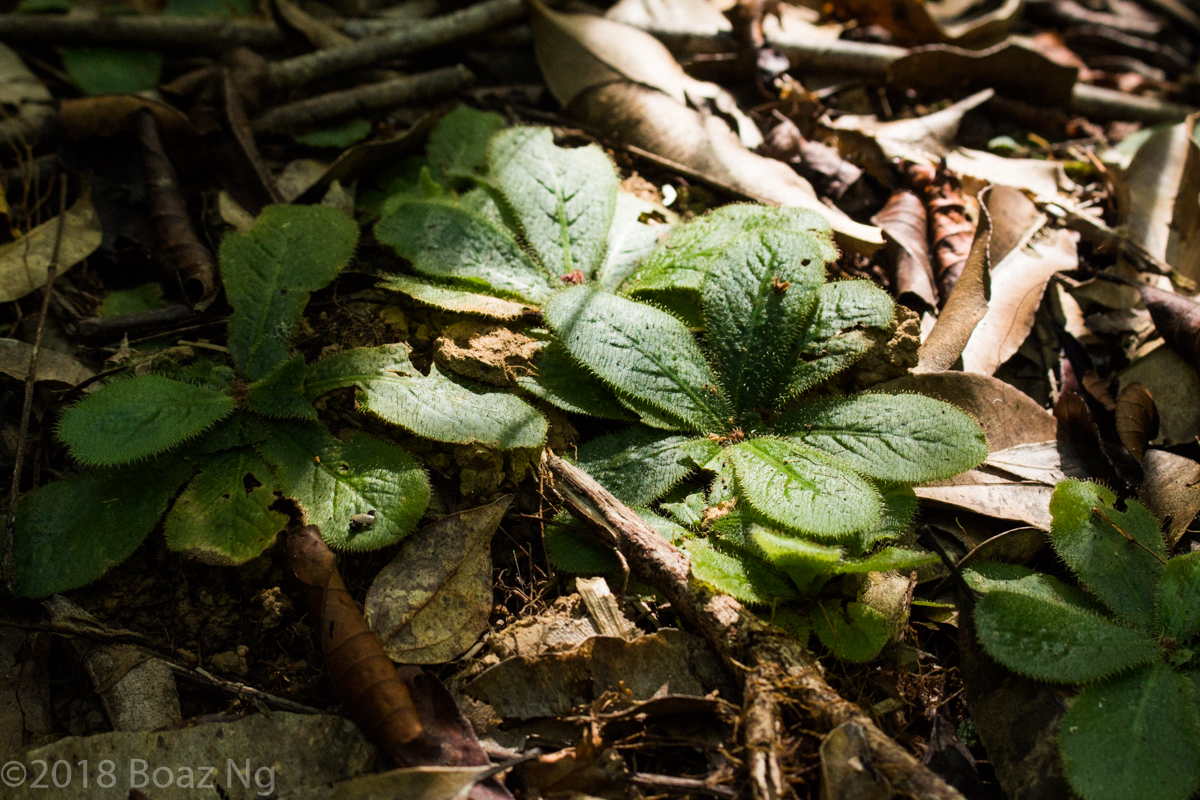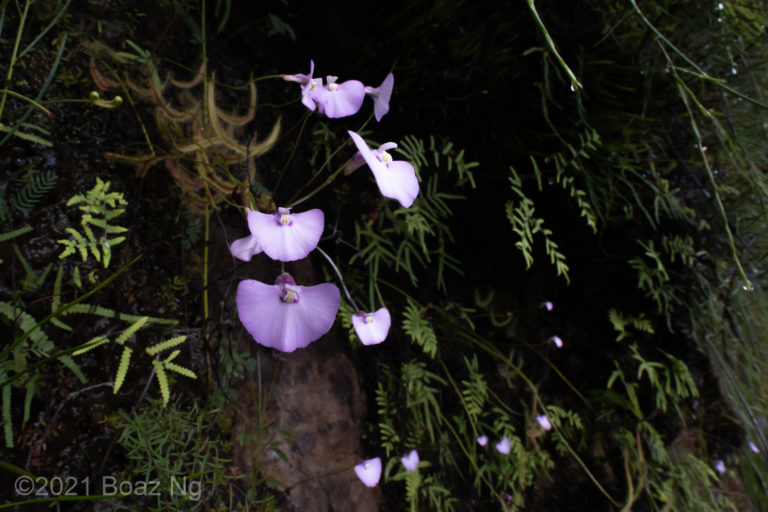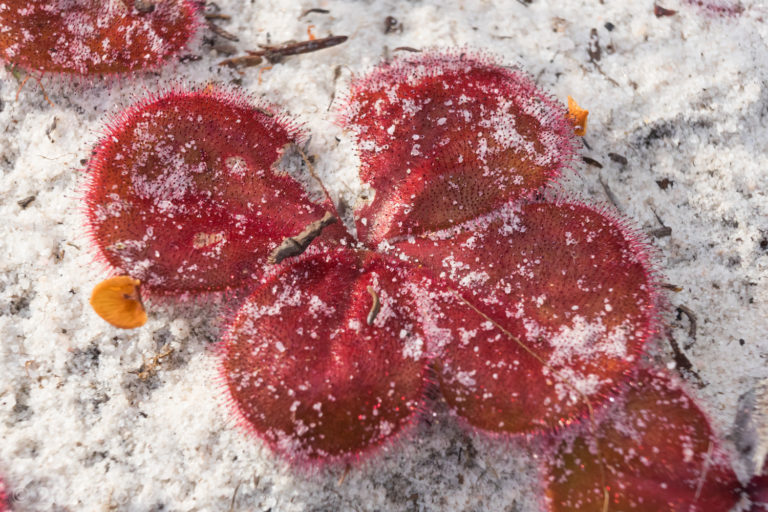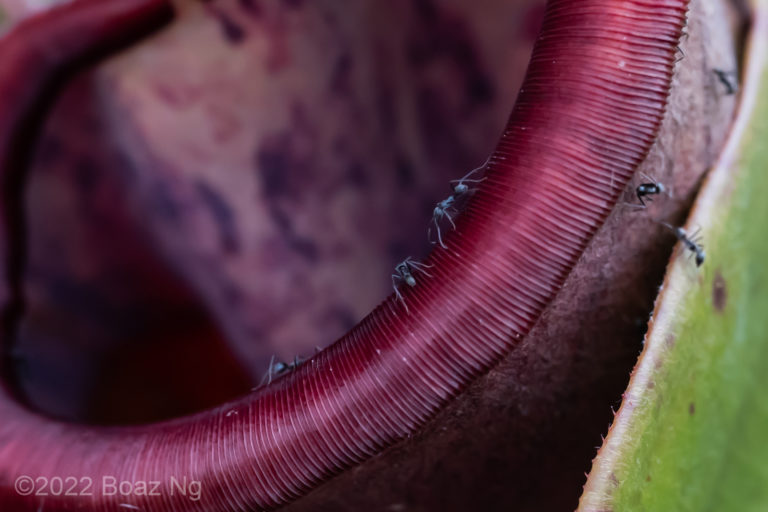Drosera schizandra is a species of sundew endemic to a single mountain in Far North Queensland, on the tropical north eastern coast of Australia. Along with its cousins D. adelae, D. buubugujin and D. prolifera, it is one of the few species that are truly adapted for life in the rainforest. At the end of August 2018, I was lucky enough to find this elusive plant growing wild!
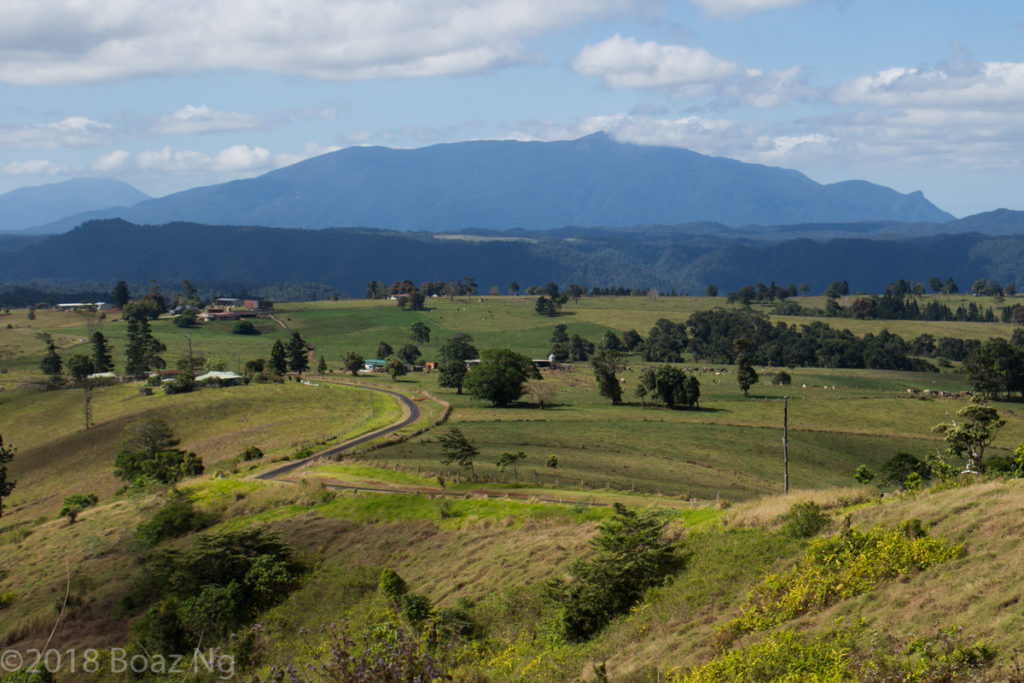
A sense of isolation really took hold as I arrived on the western slopes of Mt Bartle Frere. The rainforest can be a hostile place – the dense plant growth creates a claustrophobic environment that presents a physical, as well as a mental barrier for its exploration. Everything here seems to want to kill you, from the infamous dagger-toed cassowary bird to the abundant rattan palms with their spiky leaves, spiky stems and spiky vines. Even the plants here have an appetite for meat…
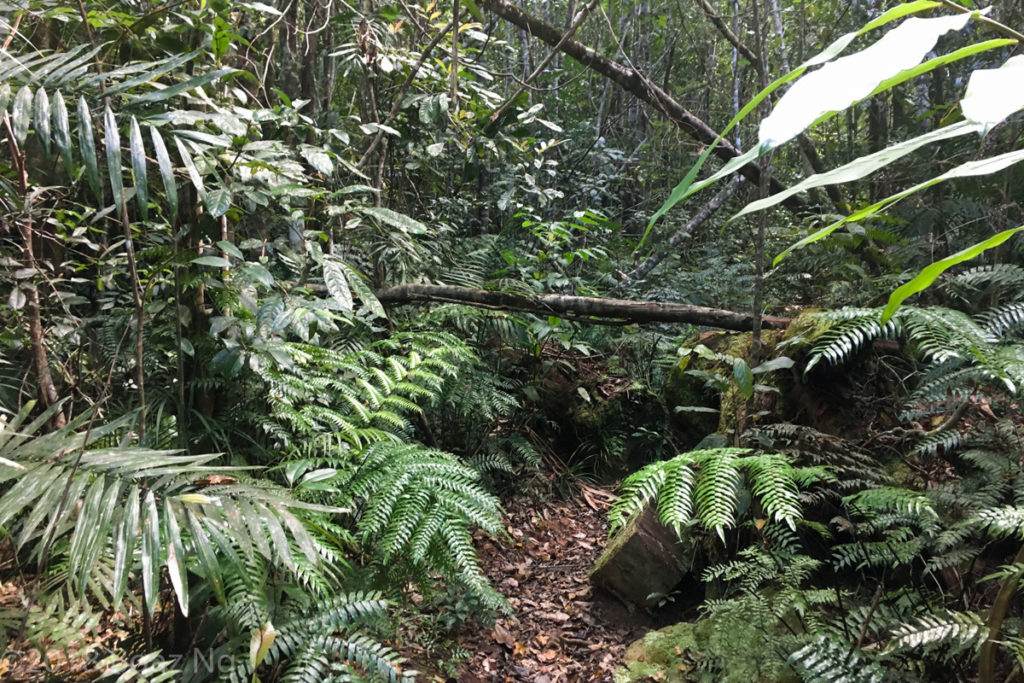
My goal was to find Drosera schizandra, a plant that is known to be difficult to maintain in cultivation, and understand how it grows in the wild. I set off early in the morning and penetrated the thick tropical growth into the heart of darkness. The rainforest here was dense with lush vegetation supported by rich red clays. Rattan palms (an evil plant surely created to punish Man for committing the Original Sin) were incredibly abundant and quite a hazard with their barbed tendrils, capable of drawing blood and hanging inconveniently at face level. Piles of cassowary droppings every few hundred meters reminded me to stay alert at all times as I set off deeper into the jungle.
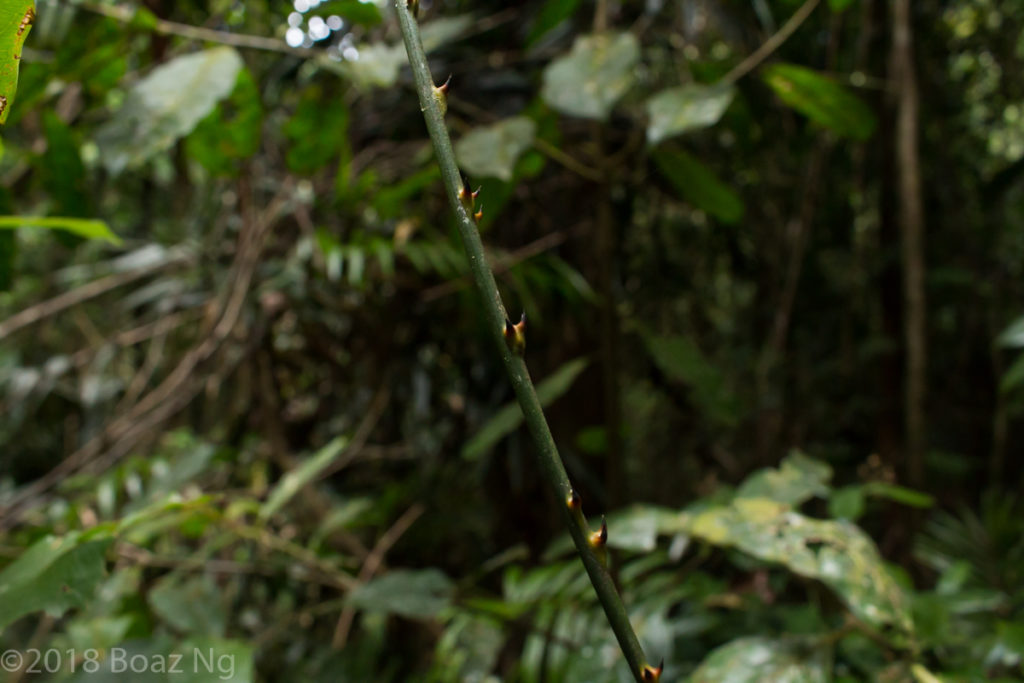
As I approached the site, the forest around me began to change quite noticeably. The undergrowth thinned out almost completely (no more rattan!), the large swathing vines disappeared, and the tree diversity fell to one or two main species. The clay base changed in colour to a depleted light yellow-brown and was uniformly covered in a thin layer of leaf litter. The canopy here was relatively low and the gaps between the etiolated trunks allowed for even the morning light to filter quite steadily onto the ground. It wasn’t long before I located what I had come to find – a single patch of bright green Drosera schizandra!
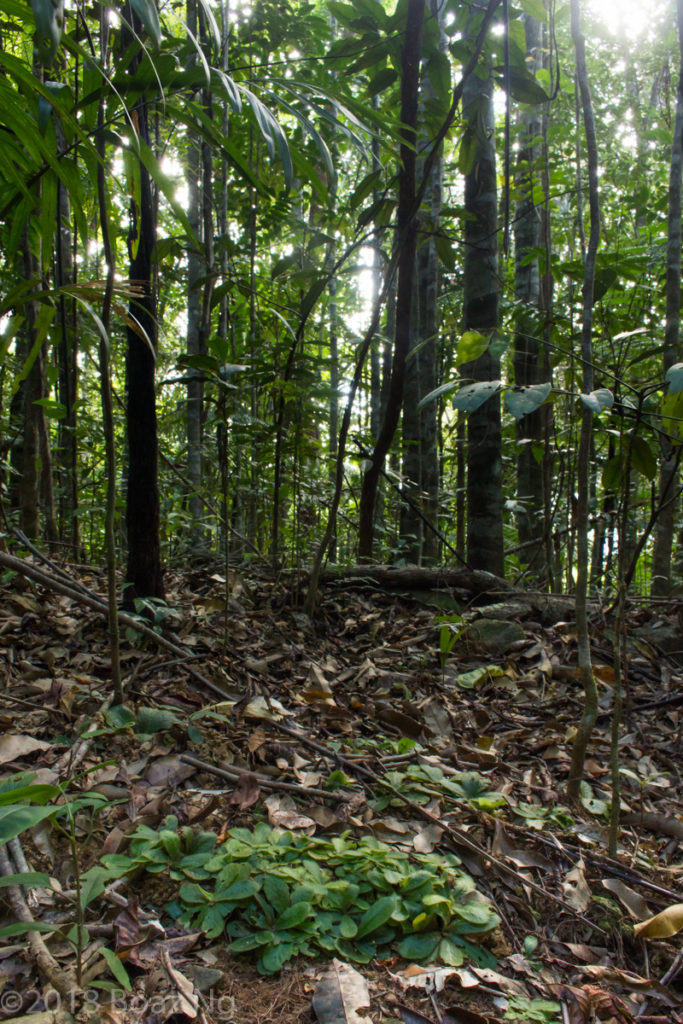
Drosera schizandra has broad obovate leaves that form a flat rosette around the size of a hand (great use of SI units here). Its leaves are unique amongst sundews in that they actually resemble a stereotypical leaf in shape, with a central branching vein that runs through its middle. What distinguishes them is a dense covering of glandular hairs that covers the upper leaf surface. Only in the newest leaf do these hairs actively produce sticky mucilage ‘dew’ – the glands seem to dry out as the leaf ages. Whilst I missed flowering by a few days, the species sends out a hairy scape lined with long lasting crimson flowers. The morphology of the flower has strong similarities with D. prolifera and D. adelae, suggesting a common evolutionary past. The plants seemed to form clonal colonies and formed a dense patch of crowded individuals.
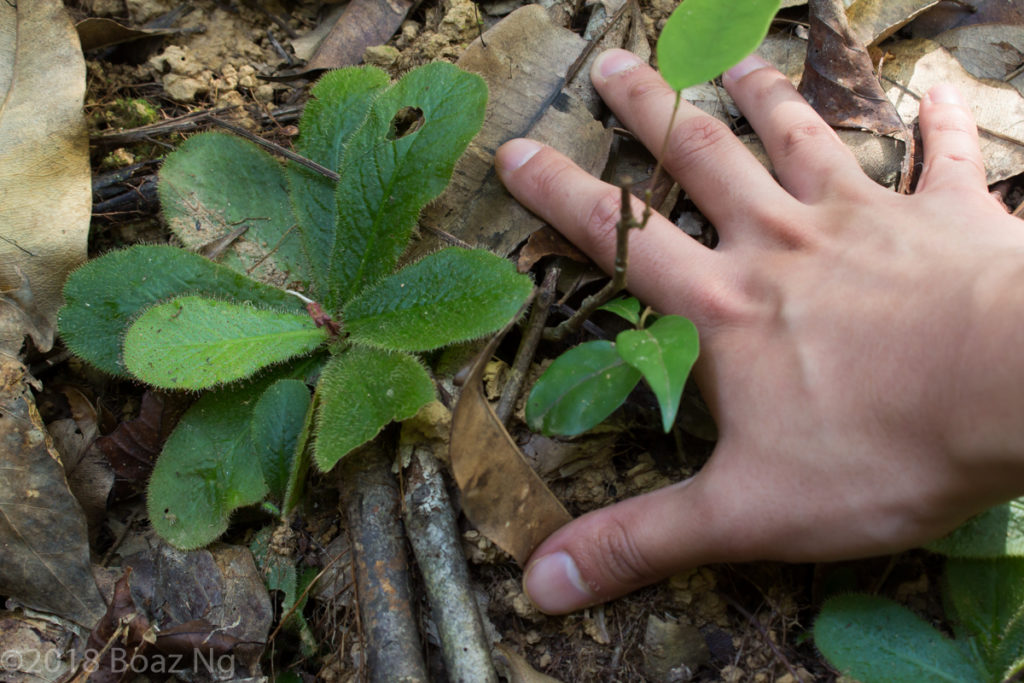
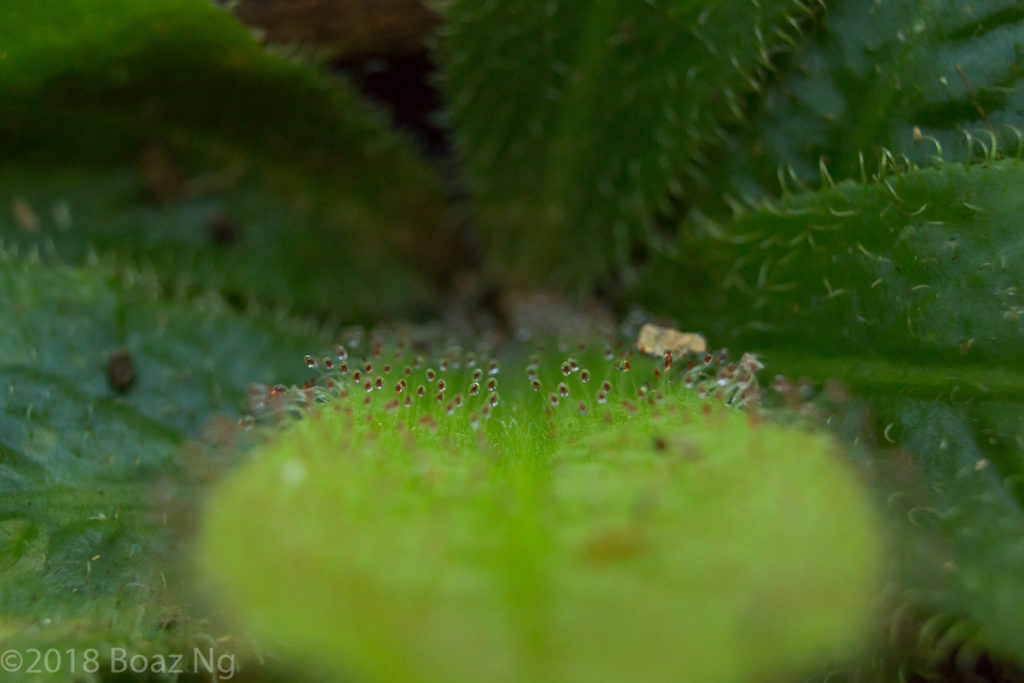
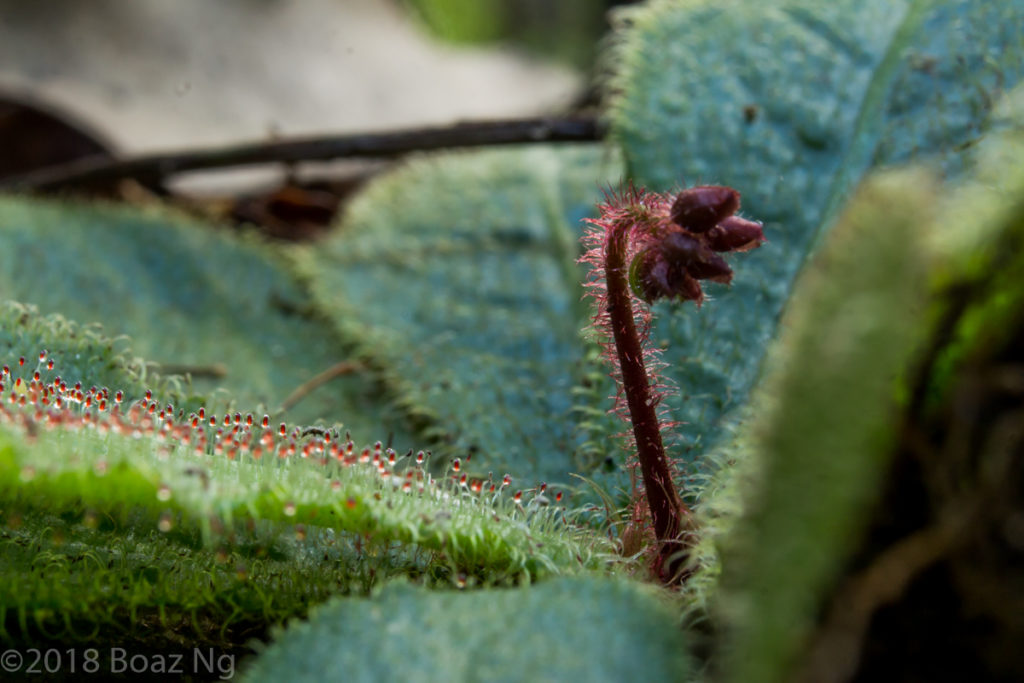
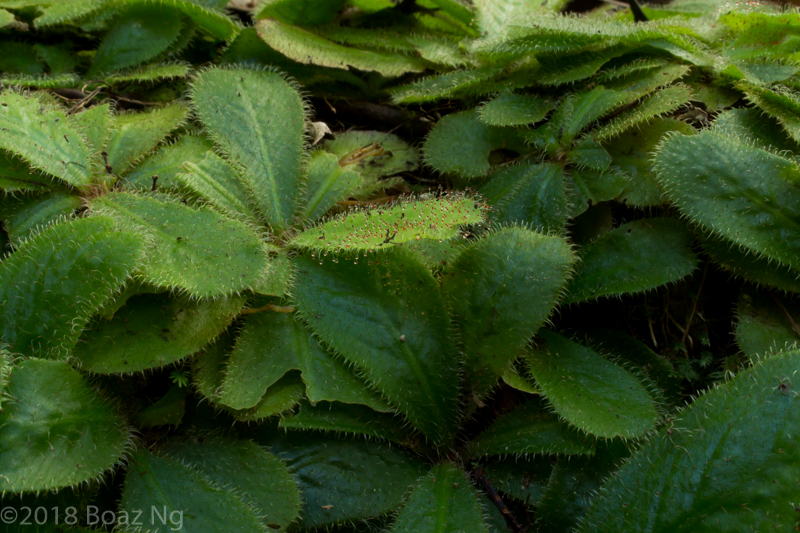
The species has been suggested by experts to be evolving its way out of a carnivorous lifestyle, as its leaves have been observed to be less effective at retaining prey then other plants in the genus. I personally found that the sticky new leaves were quite capable of capturing insects, as evidenced by the digested exoskeleton remnants still present on the plants. The preferred prey for this species seemed to be fungus gnats – weak enough to be captured and small enough to be digested quickly.
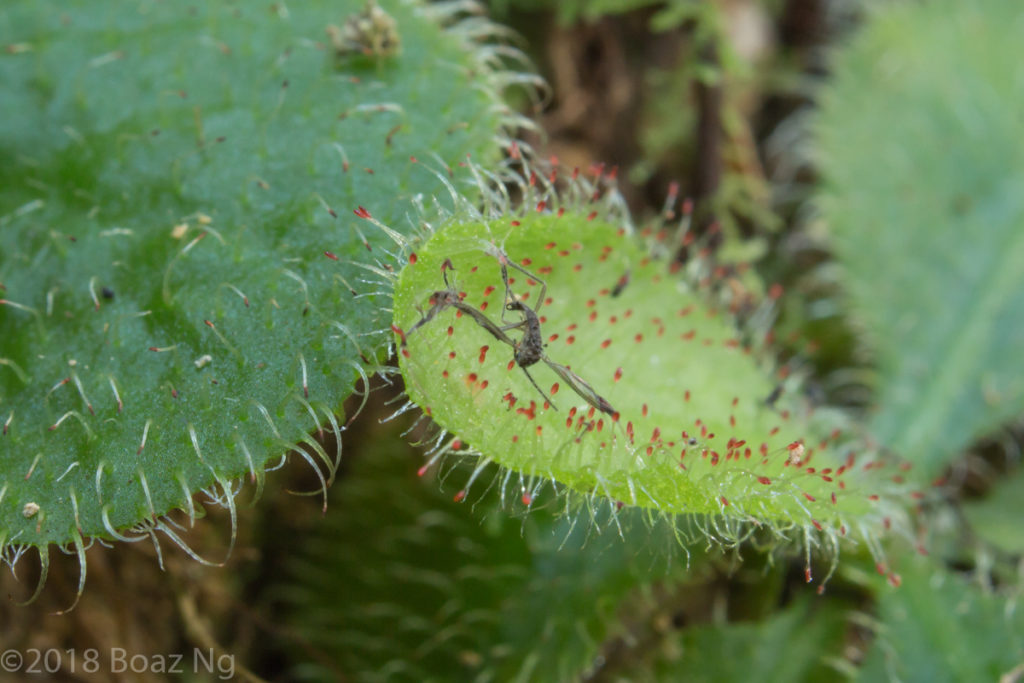
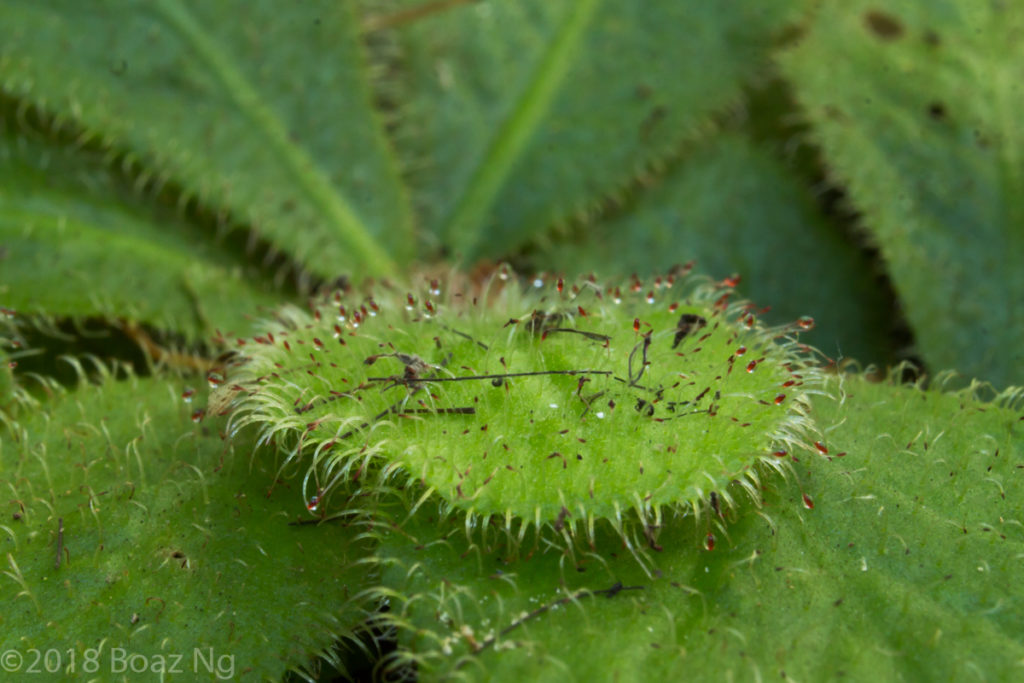
In terms of habitat, the species grows in open forest with a semi-sparse canopy that allows plenty of dappled light to hit the floor. The forest lies on a gentle slope, which presumably prevents the accumulation of water, organic material and nutrients. The day time temperature in late august was around the low to mid 20s (in Celsius of course) with decidedly chilly night time temperatures in the low teens. Dew has no problem condensing out of the air as temperatures fall at night time. The relative humidity in the morning was high enough to briefly fog my breath at times but wasn’t high enough to be considered stifling. Although I visited during the dry season, the elevation of Mt Bartle Frere means that the peaks are often covered in cloud and rainfall is common all year round. It’s worth noting that climactic conditions can be expected to be quite different during the wet season but the plants were observed to be growing happily at the time I visited.
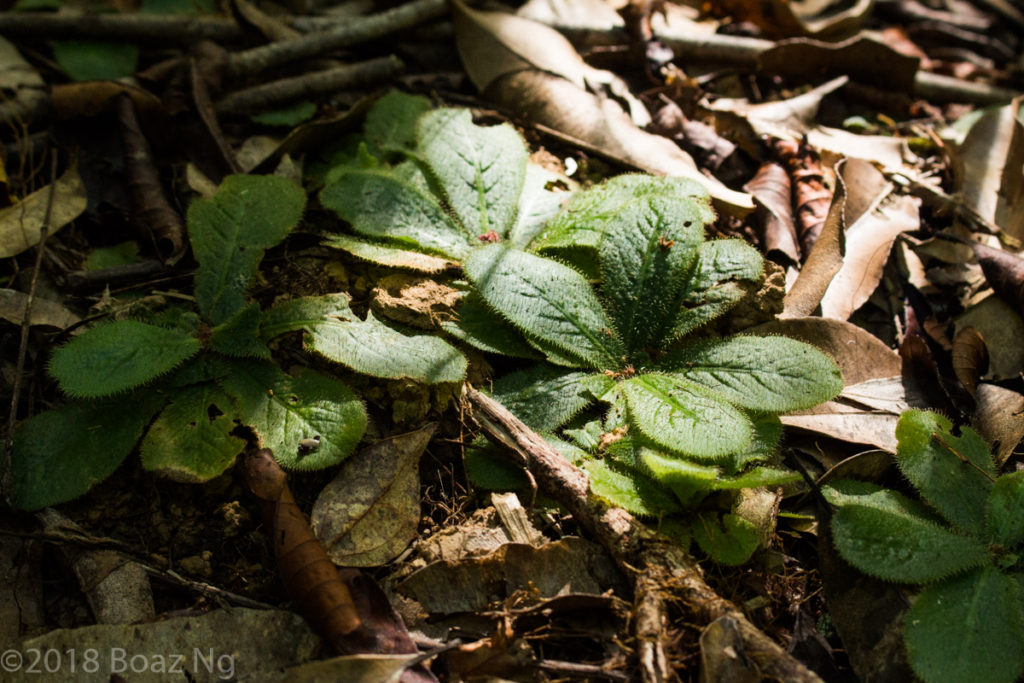
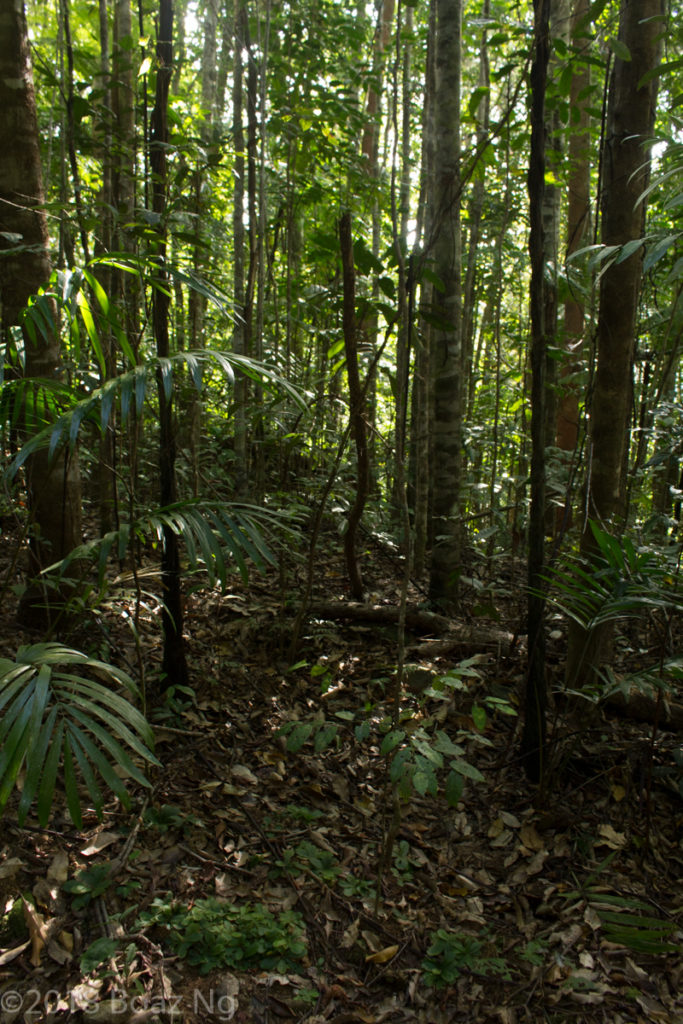
At this location, Drosera schizandra grows directly in a loose clayey soil consisting of a wetted pale yellow silt. The patch grew in an area that was not really different from the surrounding forest floor – although a slight elevation maybe have discouraged the accumulation of leaf litter on top of the plants. Unlike its cousins, this species seems to be adapted for drier conditions and was not near any permanent water course (although the trail showed signs of being a channel for running water during rainy weather).
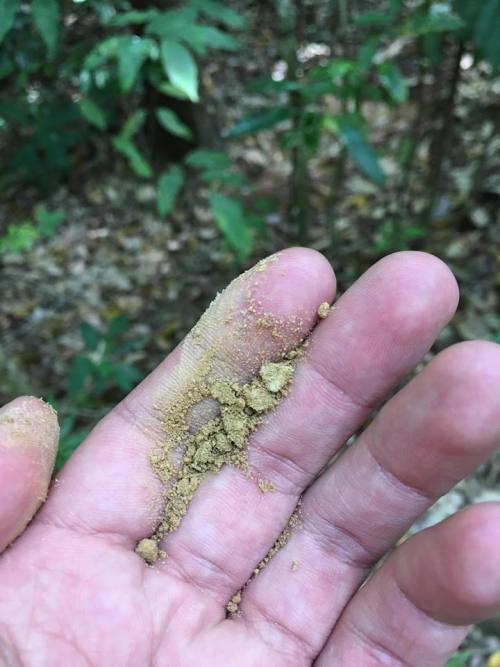
The Queensland government lists Drosera schizandra as vulnerable. Based on my limited exposure to the species, I would have to agree with this assessment. Despite a fairly rigorous search, I could only locate one patch at the location, although I understand that it grows abundantly at other less accessible sites. Its habitat is protected as a national park so the species is not at risk from large scale habitat destruction (except climate change). Nonetheless, the extremely narrow geographic range in which it grows makes it worthy of special conservation efforts.
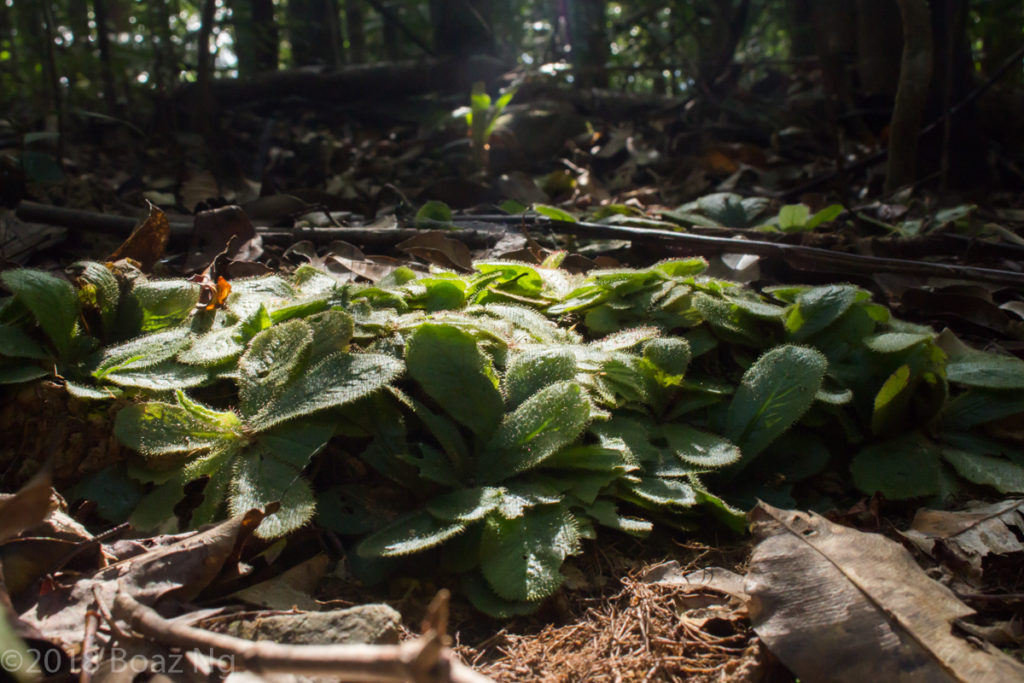
Thanks for reading and I hope this helps you understand how this amazing species grows in the wild!
-Boaz

